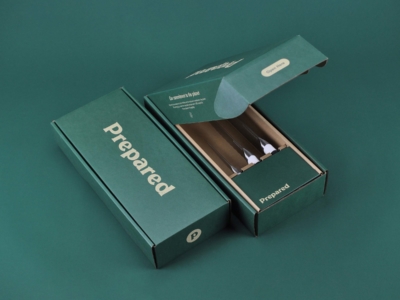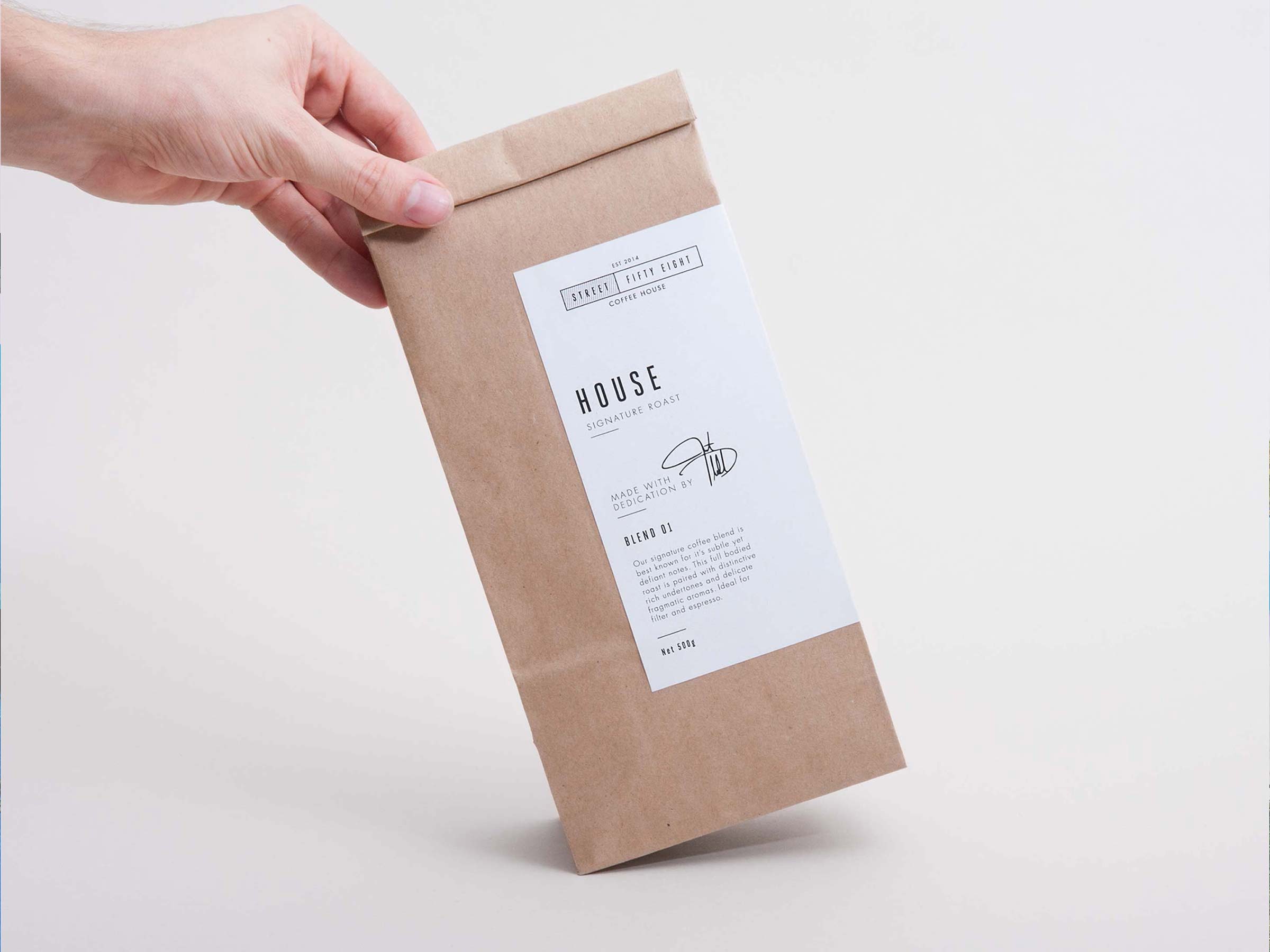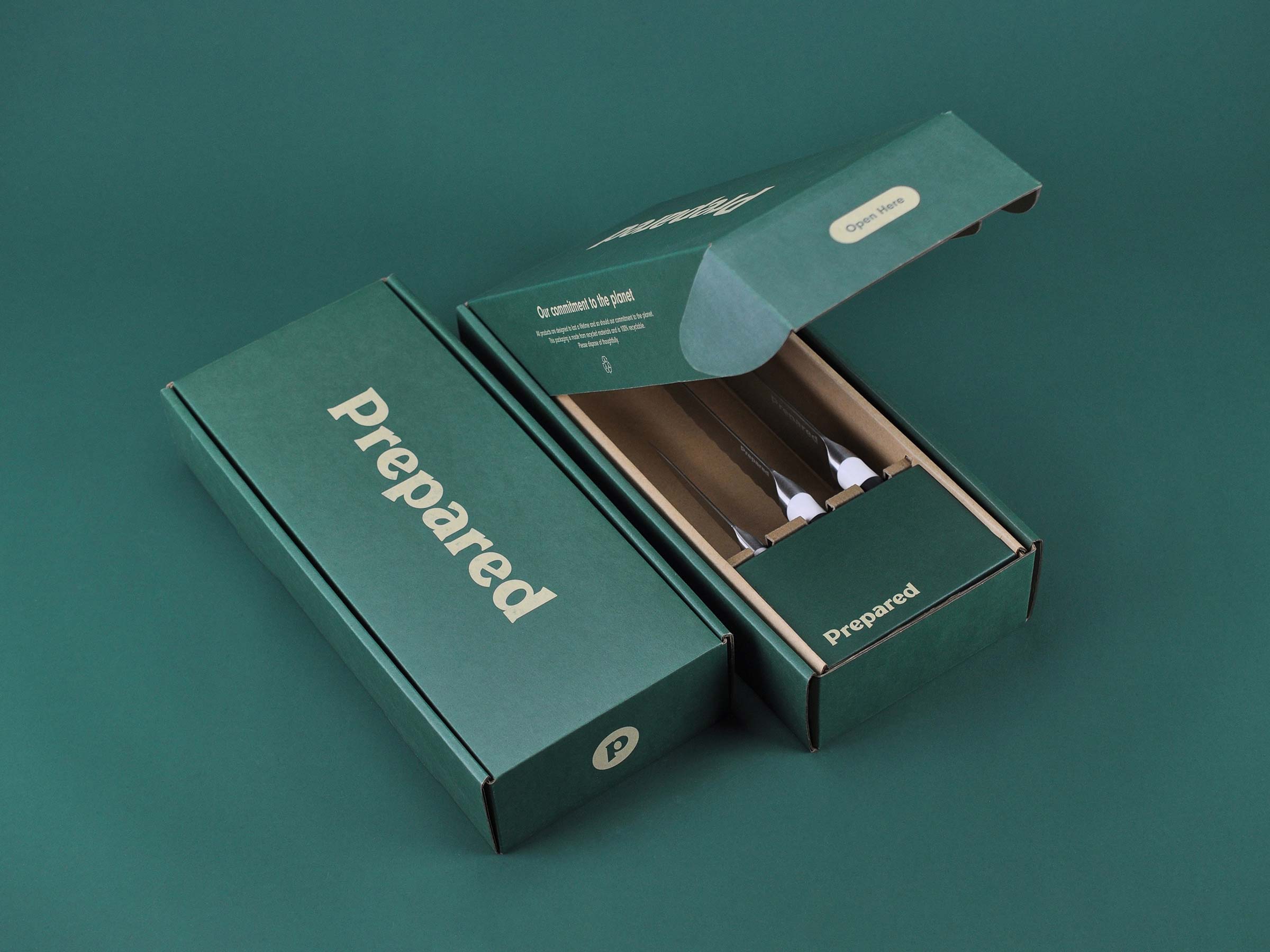Sustainability and the Responsibility of Designers

The roles of a designer have drastically adapted in the modern world and we as designers have a responsibility to shape the environment around us. We take a look into sustainability and the responsibility of designers in the design process.
Cradle to Grave
Have you ever heard of the term ‘Cradle to Grave’? It refers to the life cycle of a product (or its packaging) from creation to disposal. The term is used in a number of contexts, but most typically in a company’s responsibility for dealing with their products in regards to the environment.
As designers, it is our responsibility to take the notion of ‘Cradle to Grave’ and apply it to our design thinking in order to leave as little negative impact on the environment as possible. Print and packaging design are major contributors to this design thinking that can be impacted greatly through environmentally conscious design.

So what can designers do to aid in sustainable design?
1) Connect with eco partners:
Partner with environmentally friendly suppliers (printers and production companies) who are committed to limiting waste and investing in appropriate materials and methods.
2) Understand and utilise:
Understand what materials and processes will deliver the most sustainable outcomes. Select products that are FSC certified, avoid solvent-based inks and replace these with vegetable-based inks, use recycled paper, and use printers that are ‘Green Stamp Certified’.
3) Be a sustainable studio:
It may seem common sense, but small elements around the studio/office help too. Ensure your studio/office is equipped with recycling facilities, use keep cups, and install energy-efficient lighting/products. Furthermore, you can also avoid printing emails, and delete unnecessary emails regularly to avoid storage requirements that put pressure on servers.

Two projects with a focus on sustainability
1) Street Fifty Eight:
Firstly, Made Somewhere used a sustainable kraft bag for Street Fifty Eight, with eco-friendly inks and recycled labels.
2) Prepared:
Another example of sustainability in design is Prepared. Made Somewhere created a sustainable packaging solution for the packaging of Prepared. This included a fully recyclable shipping/package box which was made from 100% recycled materials but was also aesthetically pleasing.
We hope you enjoyed this blog post on Sustainability and the Responsibility of Designers. Please share this post and furthermore continue the conversation about sustainability and design.